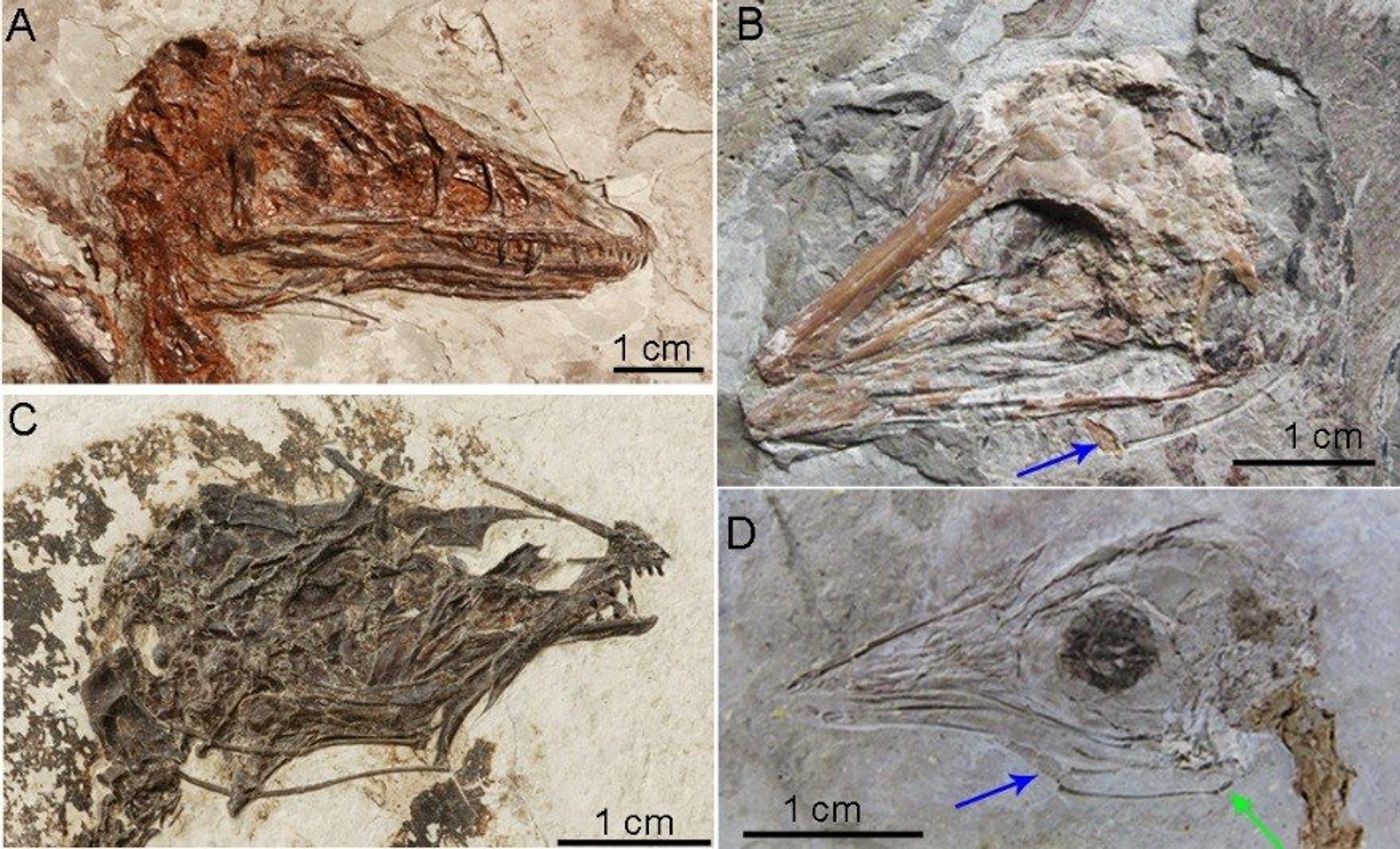T. Rex Probably Couldn't Stick It's Tongue Out At You
Humans, along with several other modern animals, can extend their tongue beyond their lips. People often associate this action with a taunting gesture, while many animals stick their tongues out to lick their lips.
But citing a paper published in the journal PLOS ONE this week by researchers from both the University of Texas at Austin and the Chinese Academy of Sciences, the great Tyrannosaurus Rex probably couldn’t stick its tongue out at all.
Image Credit: Pixabay
Upon analyzing the hyoid bones from a host of different dinosaur fossils and in modern animals, it seemed more likely that the beast’s tongue was immobile and firmly planted into the floor of the mouth like what we observe in alligators today.
Image Credit: Li et al. 2018
"Tongues are often overlooked. But, they offer key insights into the lifestyles of extinct animals," explained study lead author Zhiheng Li.
Related: How hard could a T. Rex bite?
As you can probably imagine, the findings do a number on Hollywood’s depiction of T. Rex. The beast is often illustrated with sharp teeth and a long, protruding tongue; but it now seems this wouldn’t have been the case.
But the same couldn’t be said about every dinosaur. In fact, the researchers point out how many bird-like dinosaurs possess hyoid bone structures that are consistent with what we see in modern birds. The findings hint that flight-capable creatures may have developed feeding techniques involving increased tongue dexterity back in the day.
"If you can't use a hand to manipulate prey, the tongue may become much more important to manipulate food," Li added.
"That is one of the hypotheses that we put forward."
Related: T. Rex may not have been feathered after all
Another exception were plant-eating dinosaurs, which needed to chew their food before swallowing. Seemingly, a tongue with added mobile characteristics would have benefited these creatures more than those that swallowed large foodstuffs whole, but again, this is nothing more than a theory.
Given just how many kinds of dinosaurs existed on early planet Earth and the limited records researchers have at their disposal, it’s challenging to pin down an unconditional hypothesis about how tongue mobility may have evolved over time.
More research may unveil additional clues that link one kind of physical property to another. With a little luck, these clues could validate these theories or enlighten us to new ideas.
Source: National Geographic, Science Daily










